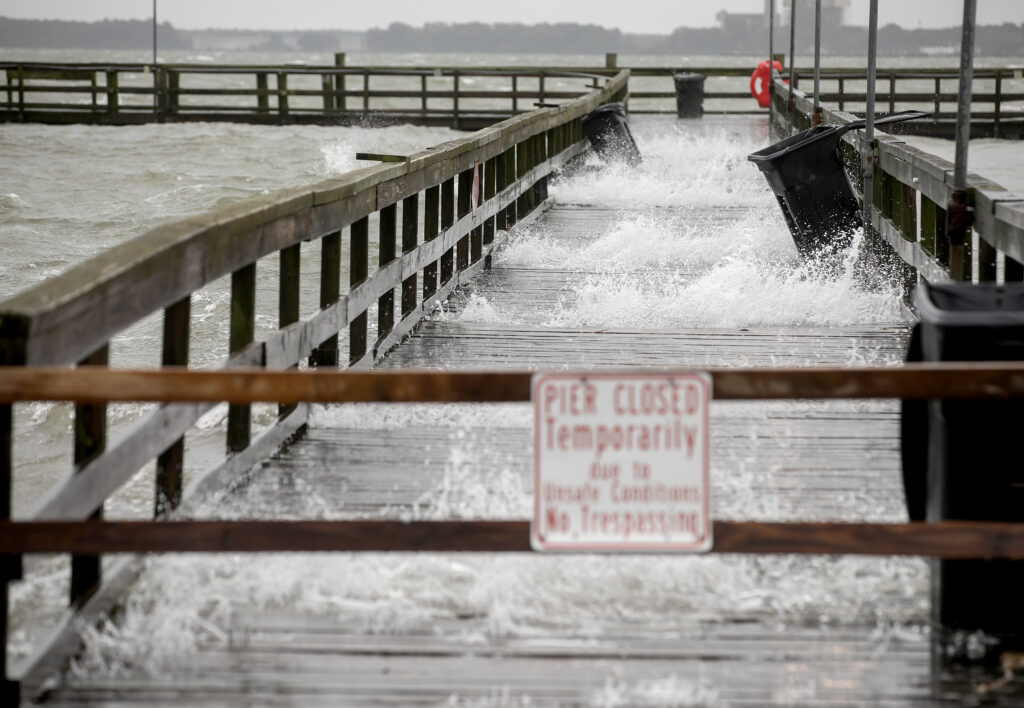
Flooding is a reality for many communities in rural coastal Virginia, especially here on the Middle Peninsula.
But not all floods are created equal.
Understanding the difference between tidal and flash flooding is essential to protecting your home, your family, and your future.
These two types of flooding may look similar in impact, but they’re very different in how they occur—and in how we prepare for them.
Tidal Flooding: A Slow and Steady Threat
Tidal flooding, also known as “nuisance flooding” or “sunny day flooding,” is caused by the rising and falling of tides. It happens when high tides push water onto roads, into yards, and sometimes even into homes—without any rain falling at all. Tidal flooding is predictable and tied to the lunar cycle, with the most severe events typically occurring during king tides and full moons.
In some parts of the Middle Peninsula, where low-lying land meets the Chesapeake Bay and its many tributaries, tidal flooding is a frequent occurrence. Sea level rise and land subsidence are making these events worse over time. What used to be occasional high water is now happening more often—and reaching farther inland.
Flash Flooding: When Rain Comes Too Fast
Flash flooding is a different beast. It occurs when heavy rainfall overwhelms the ability of the ground and drainage systems to absorb or carry the water. These floods can happen suddenly, with little warning, and they’re often triggered by intense thunderstorms or tropical systems.
In rural areas of the Middle Peninsula, flash flooding can be especially dangerous. Narrow creeks, ditches, and under-maintained culverts can quickly overflow. Roads can wash out. Driveways can collapse.
Why the Difference Matters
Knowing whether your property is more vulnerable to tidal or flash flooding—or both—can help you take the right protective steps.
For example:
- Tidal flooding might call for elevating HVAC systems, using flood vents, or installing living shorelines to buffer rising waters.
- Flash flooding may require upgrading drainage, redirecting runoff, or reinforcing driveways and culverts.
Understanding the difference also helps you plan ahead. Flash flood warnings are issued based on real-time weather. However, tidal flooding can be predicted days in advance with tide charts and flood forecast tools. That means more time to prepare.
Fight the Flood Can Help
Whether you’re dealing with routine tidal encroachment or preparing for the next big storm, Fight the Flood is here to help. We connect property owners with local contractors, vetted resilience solutions, and even grant or loan opportunities to help fund improvements.
Flooding is complex, but the more you know, the better prepared you’ll be. Start by learning your flood risk—and the type of flooding most likely to affect you.

About Us
Submit Now
Want to help?
Download more information here about how to bring this program to your coastal community.
DOWNLOAD